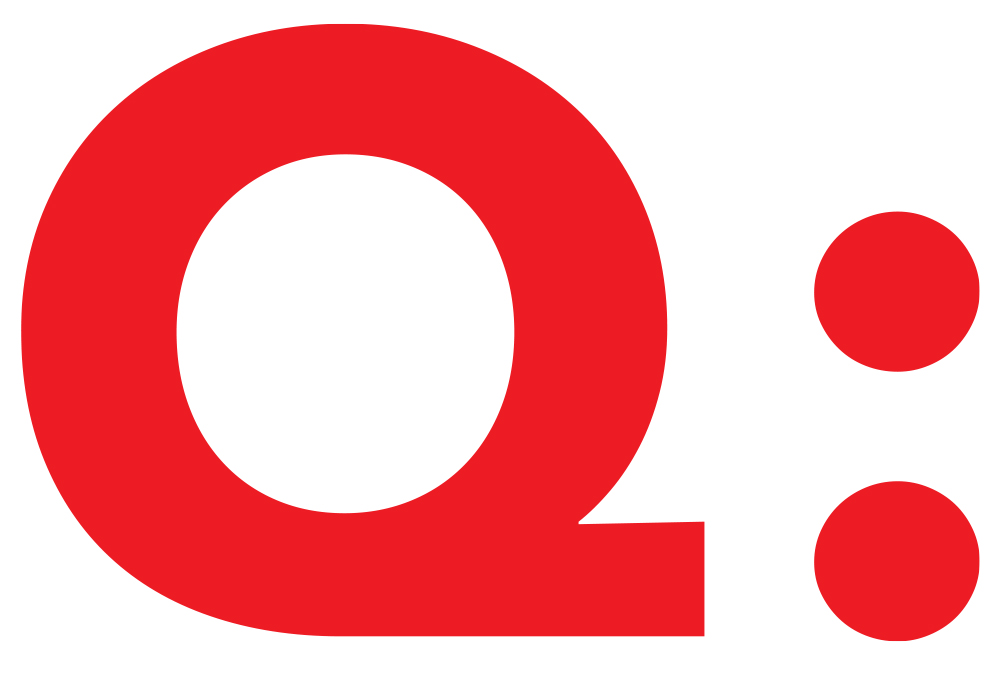ort Worth, Texas-based ECI Software Solutions talks with Modern Metals about how manufacturers can use data analysis to implement their own version of “Moneyball” and get the most out of their company—and team.


How can manufacturing intelligence help companies become more competitive?
From live-action stripe charts that show exactly what is going on at every machine and station to comparative analysis that allows managers to view actual jobs versus forecast jobs, the impact is substantial. Most shops see a minimum 15 percent increase in utilization rates after only a few weeks while some see as much as a 150 percent increase. Plus, with data analysis at their fingertips, companies can now predictively plan, making them highly competitive in the global marketplace.

Is it better to use an industry-specific system?

What are the first steps in putting data to work?

What is business activity monitoring, and how can it be leveraged to jump-start improvements?

Can you give an example of how a manufacturer has improved operations by leveraging data?
A: One company’s objective was to adhere to ISO standards directed at customer service. An organization must comply with ISO Standard Operating Procedures in order to satisfy and renew its ISO certification. The organization manufactures all customer requests “to order.” Documented waivers must be obtained from customers prior to shipping less than 90 percent, or greater than 110 percent, of the quantity ordered.
BAM solved this problem by synergizing disparate elements of the organization’s manufacturing execution system, core ERP and business process management (BPM) to create a timely, accurate and unified response to business exceptions. BAM provides immediate notification to the customer service department upon completion of an order with unacceptable ISO production yields. Because companies must maintain auditable records for ISO purposes, the BAM notification must be implemented seamlessly via a workflow request, supported by the organization’s BPM system and not via informal emails.
The organizational compliance adherence and efficiency gains are significant. Many of the organization’s administrative processes related to this one ISO compliance example no longer detract from overall employee productivity. Phone calls, voice mails, faxes and emails are replaced with BAM process enablement. Once the customer service representative acknowledges the production yield variance indicated on the customer order in the core ERP system, BAM immediately identifies this action as a signal to perform three additional actions:
- Send a copy of the organization’s variance waiver form attached to an email to the appropriate customer contact.
- Send a text message to the sales representative’s mobile phone notifying him/her of the variance incident.
- Create a follow-up action in the organization’s workflow system to ensure the accepted waiver is received and attached to the customer’s digital archive prior to shipment.